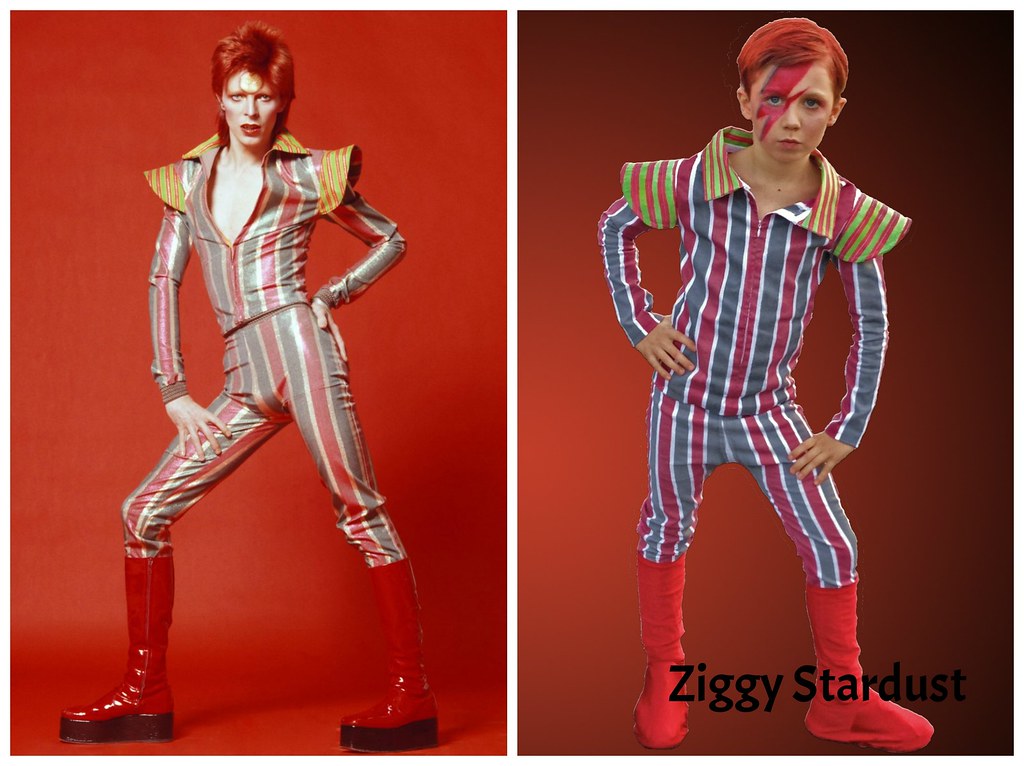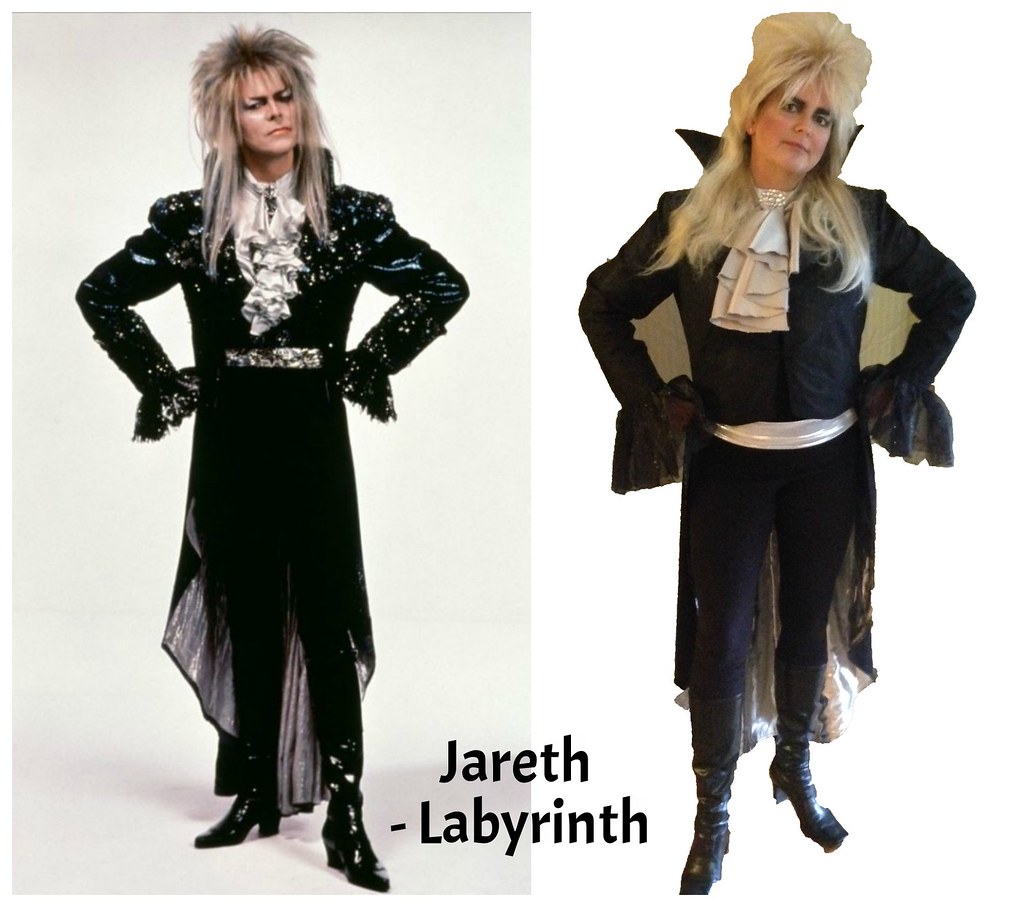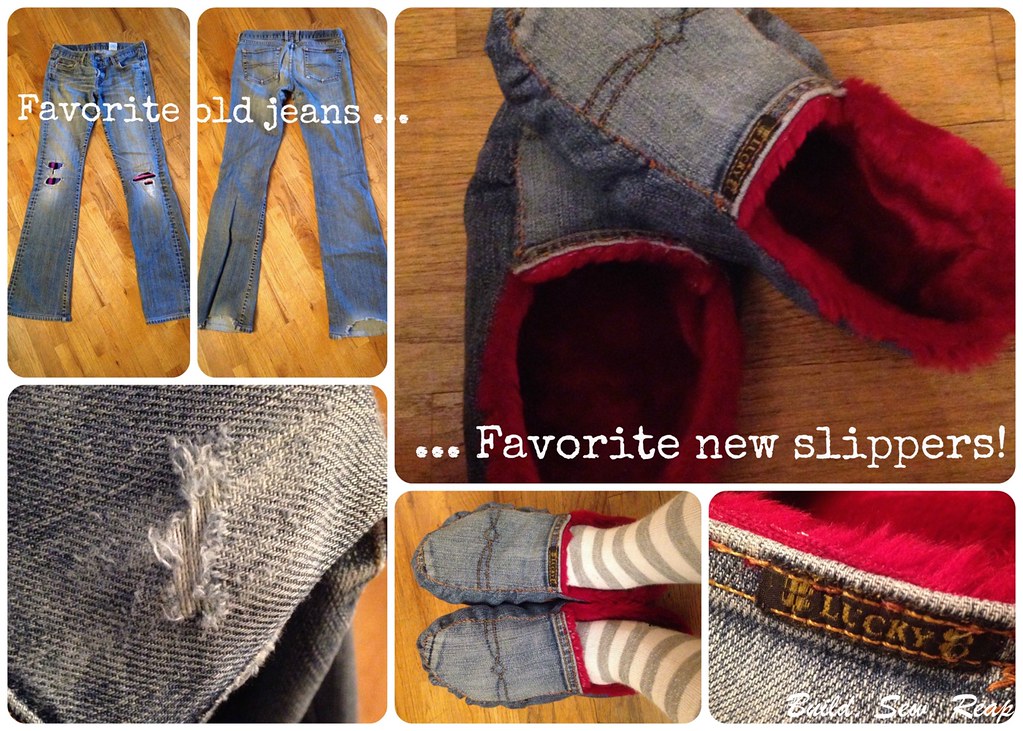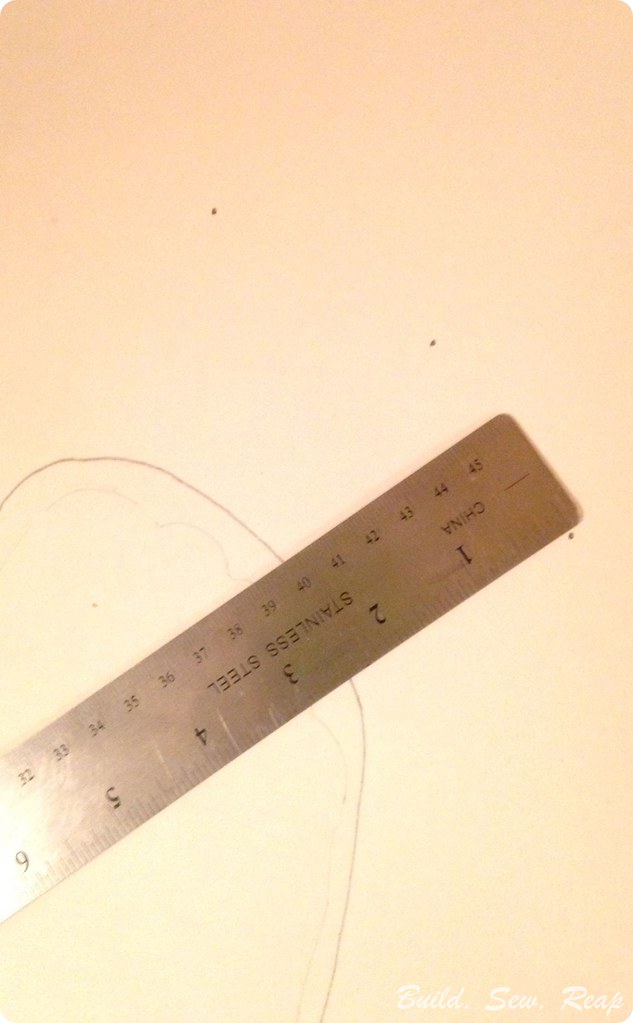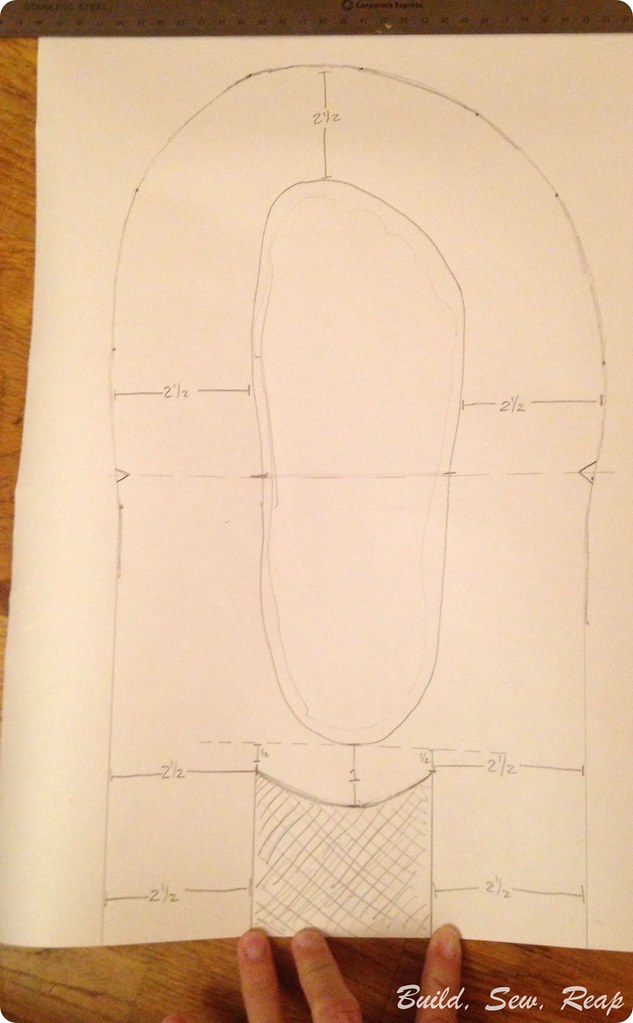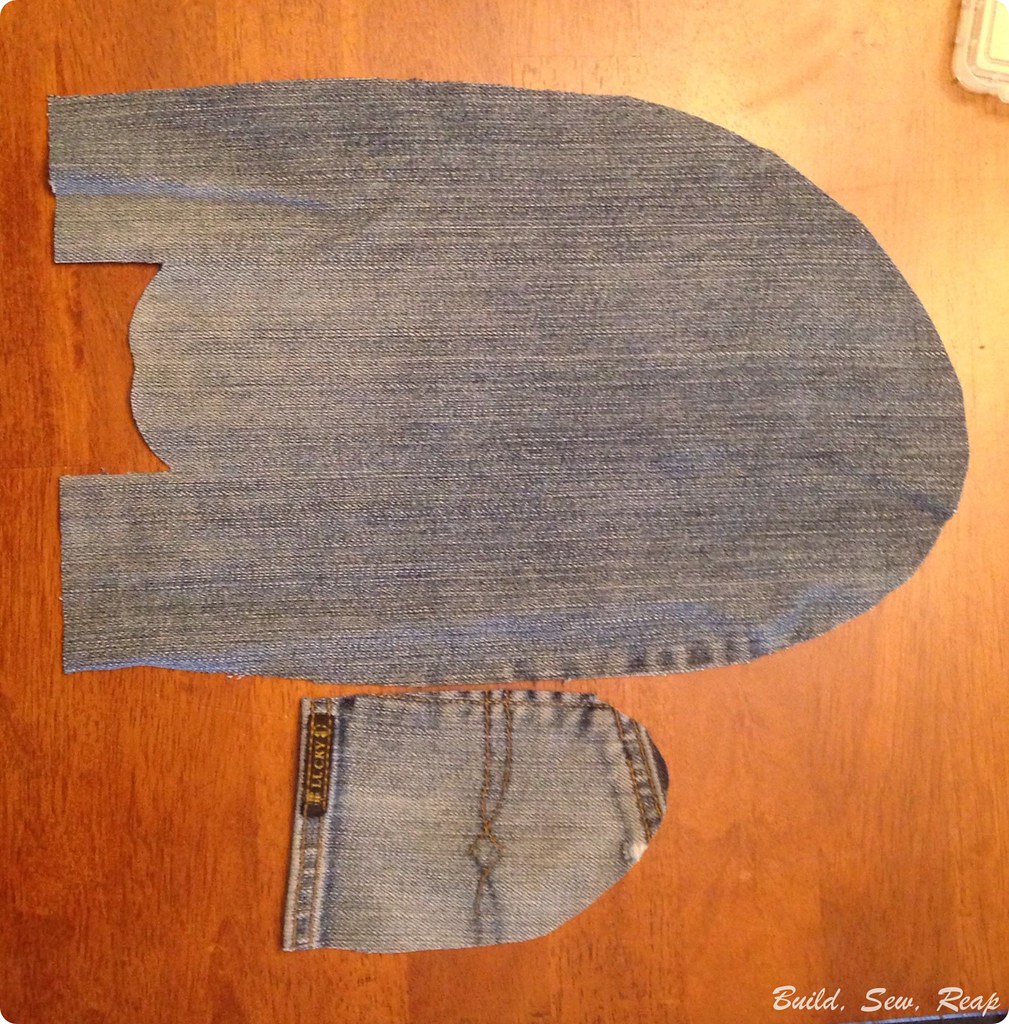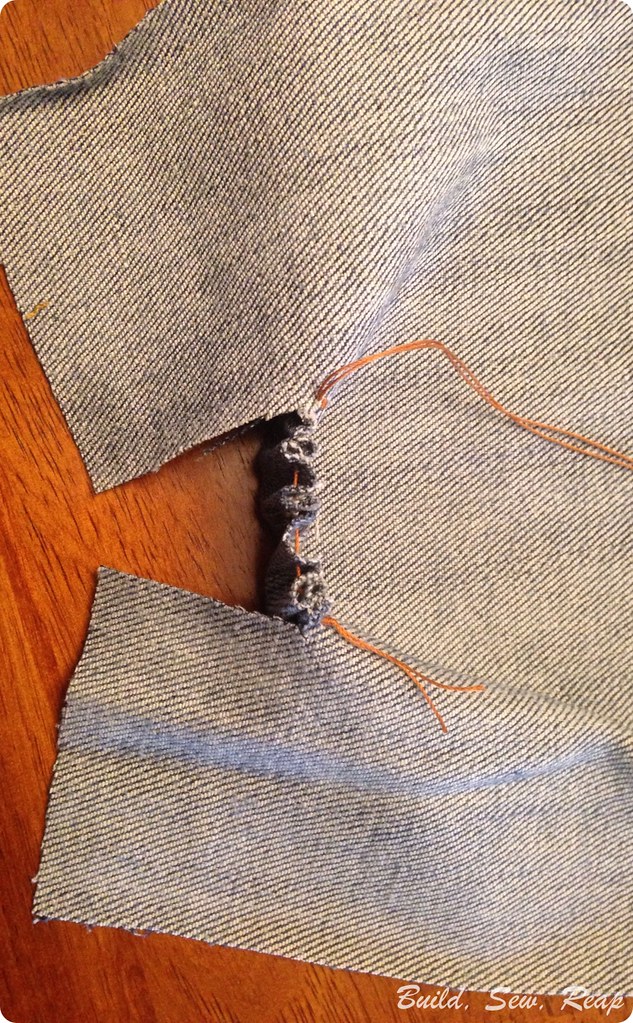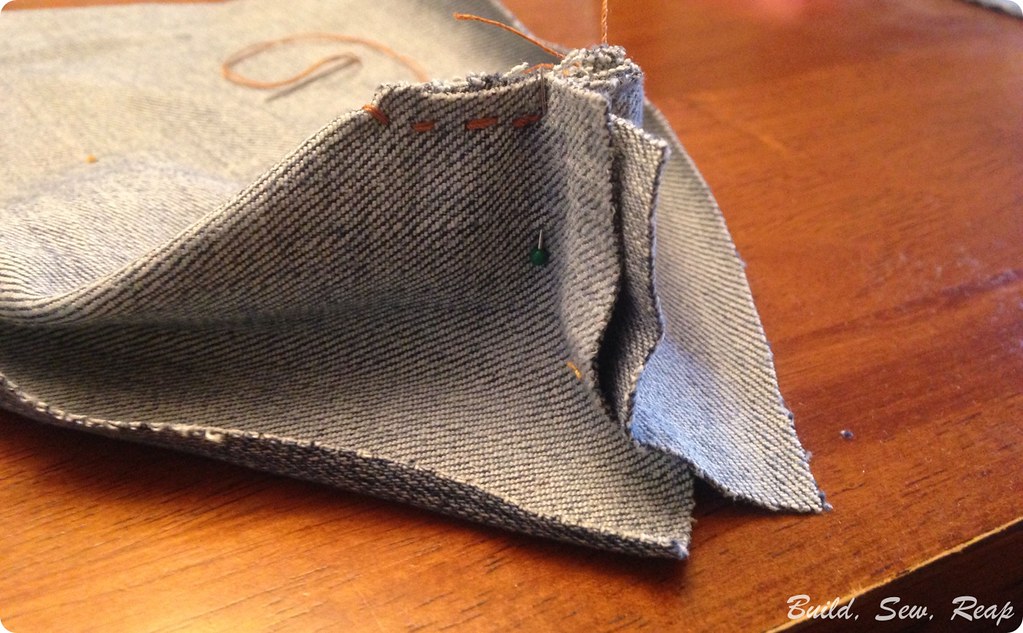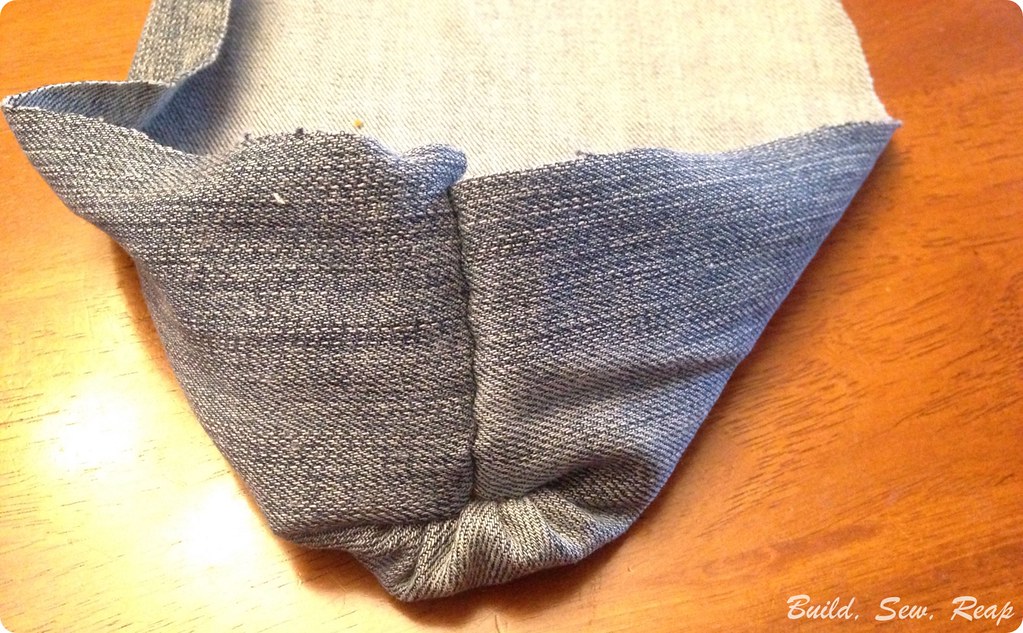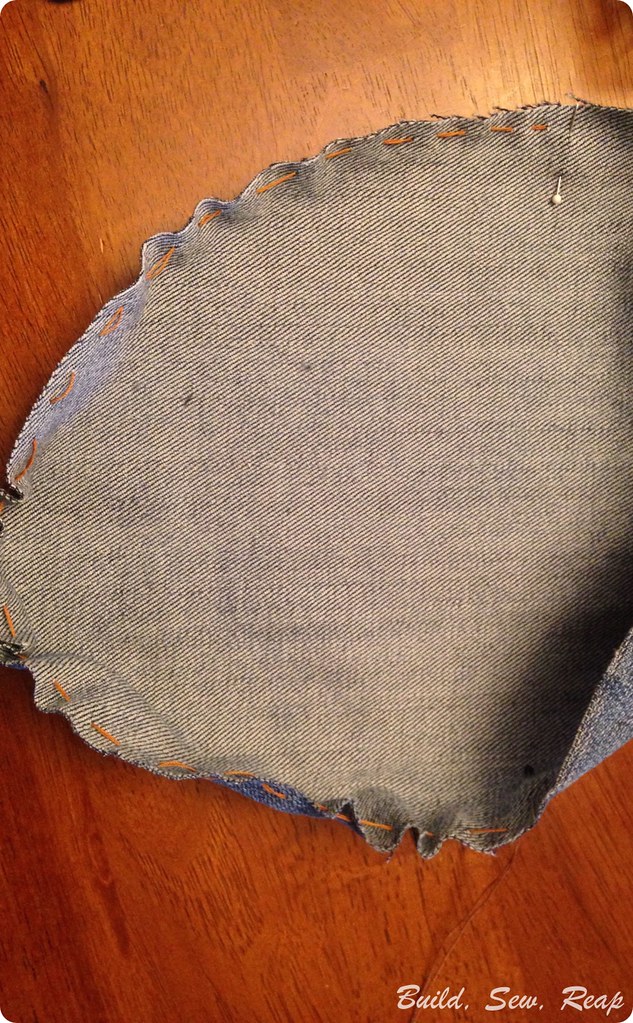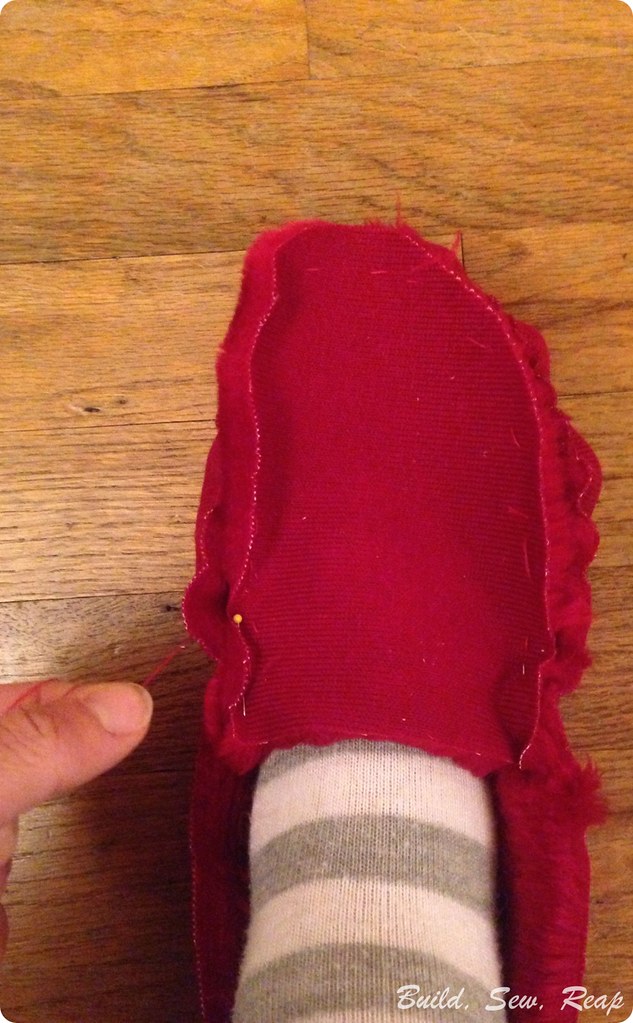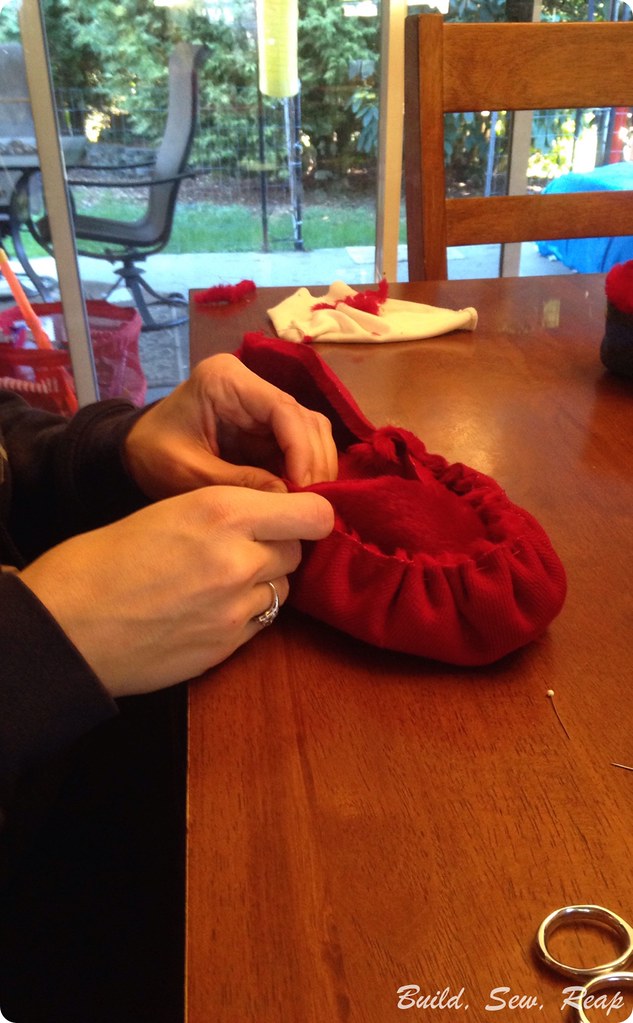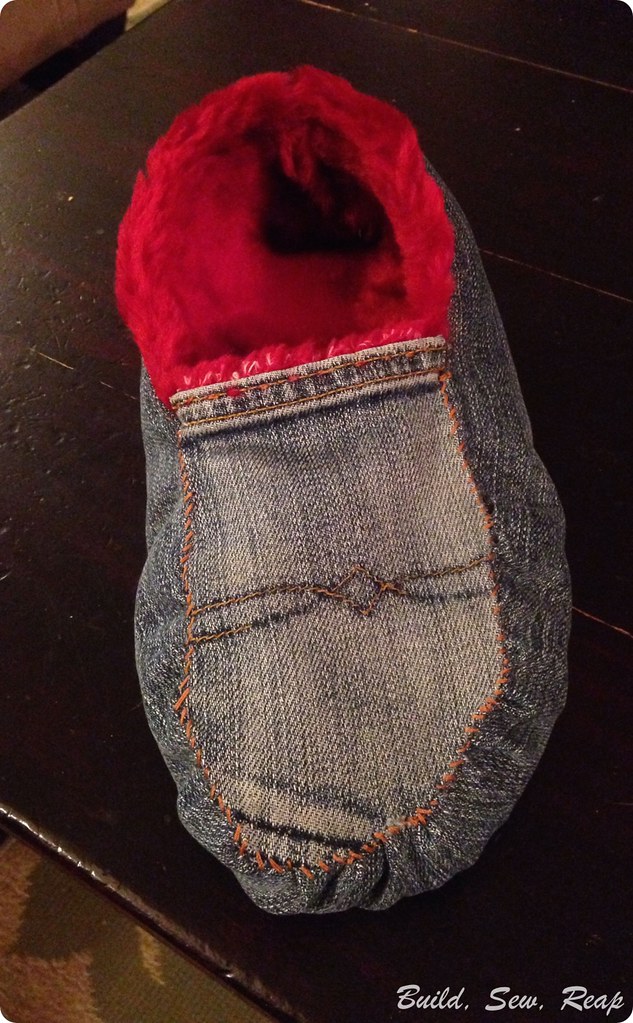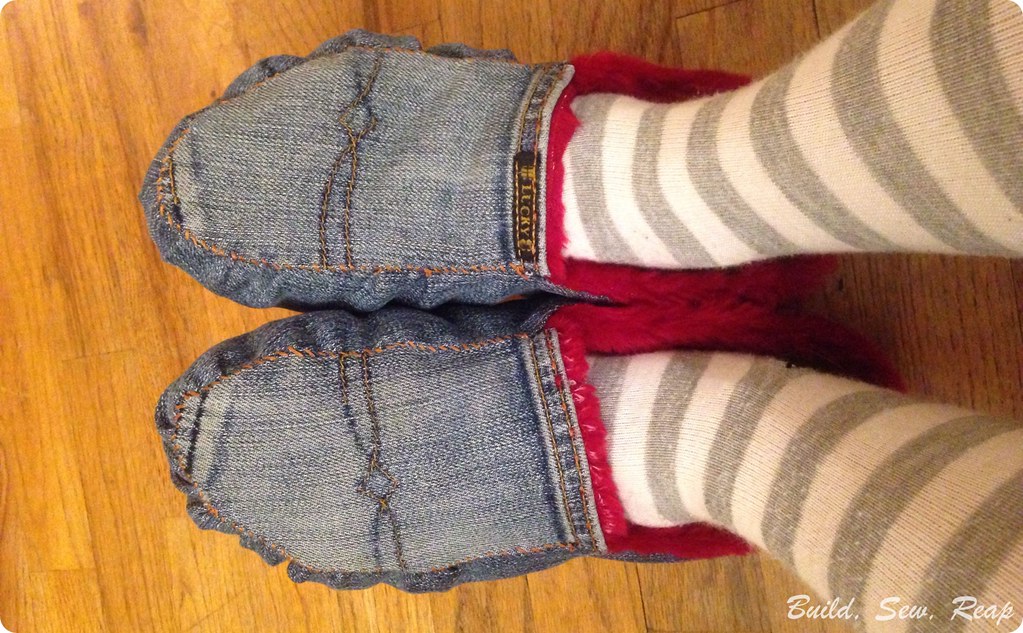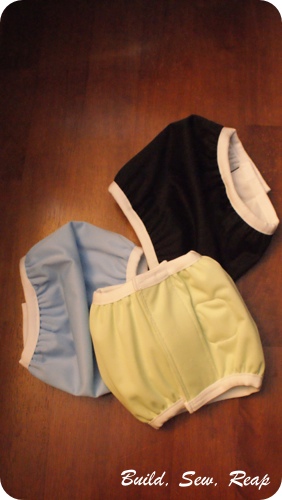This year we decided our family theme costume would pay tribute to David Bowie. I hand made each of the outfits for my 2 sons, husband, and for me. It took all month (with a lot of ridiculous interruptions ranging from a house appraisal a bad back and many events in between) but in the end, our costumes were as close as I could get to historically accurate considering I was limited to local supplies, mostly coming from the nearby national chain fabric and crafts store. But I did it and am really happy with the results.
So, to break it down, here are the costumes I made.
The 4 year old:
The 8 year old:
BSR Hubby:
And me:
The 5th person you see in the picture is my mother in law who joins us each year for our trick or treating (except last year when she was sick) and she does her best to come up with a great costume to fit in with our theme. Feel free to stop by my public album from my personal Facebook page to check out pictures from this and past years.
Thank you for reading,
Julie
Showing posts with label Sewing. Show all posts
Showing posts with label Sewing. Show all posts
Favorite Old Jeans Repurposed
About 10 years ago, I met a man. A couple of months after we started dating, he invited me to watch the 4th of July fireworks from an amazing vantage point. I decided such an opportunity warranted new jeans. I didn't just go out and buy any new jeans though, I invested in a pair of Lucky jeans. The first time I'd ever spent more than $40 on a pair of jeans.
They made me feel amazing.
I ripped a hole in those jeans (and my knee) that night and my knight in shining armor took off his sock so I'd have something other than my jeans to absorb the blood gushing from my knee. We didn't miss the fireworks though, they were absolutely amazing.
I ended up marrying that man. I'm not going to say it was because of those jeans but they were there from the start so they had a special place in my heart for many years. They fit me, albeit unbuttoned, several months into my first pregnancy. He washed and dried them one day, trying to be helpful, and I cried because I couldn't get into them anymore. He packed himself into my jeans and wore them around the apartment for about 15 minutes to stretch them out. That loving act bought me another pregnant month in those jeans ... unbuttoned.
Sadly, they were benched for a few years because I never dropped enough weight between pregnancies so you can imagine my joy when I finally lost weight after my 2nd pregnancy and my beloved jeans fit once again. I wore those more than anyone should probably wear one pair of jeans. I patched both knees several times. They had light paint stains from projects, runs in the denim from catching a leg on a tool (better the jeans than my leg, right?) and other blemishes that just served as my own personal denim scrapbook.
And then it happened. I went to put them on a few weeks ago and realized I could see daylight through the seat. Thank heavens I noticed because I have no doubt they would have given out and I'm sure it would have happened somewhere I couldn't quickly leave. I reluctantly tossed them in the laundry for one last wash so I could begin to say goodbye.
And then it hit me. I didn't have to say goodbye, just see ya later. That's when my beloved jeans became slippers. Awesome hand-stitched denim slippers with red faux fur lining.
And now I'll back up the truck and help you make your own slippers. I will help you create your own pattern as well as give you some pointers on assembling them. The measurements I'm going to use are based on my size 8.5 feet plus a nice thick faux fur lining. If you're using different fabric for the outside (for instance, something with a stretch), or a different lining material, adjust your pattern as necessary.
Get yourself a nice big piece of paper (or tape a few together). Trace your foot on the paper then draw a line around that to even out the curves of your foot.
Now, mark 2.5 inches from the outside edge all around.
Connect those dots but head straight down from about the middle of the foot out past the heel.
Mark out the rest of the pattern as you see above. The dashed line at the center marks the top of my foot where I'll want the top of the shoe to stop. I found this point by placing my foot back in the center and marking it on the pattern.
Cut out the pattern then take a smaller piece of paper, lay it over the top-center of your pattern and trace the shape from the dashed line up around the toe box using the smooth line you created just around the original tracing of your foot. Cut that out as well. I didn't add a seam allowance to this as I wanted the sides of the slippers to wrap up around my feet a little bit.
Now you're ready to cut out your fabric. Fold your fabric in half and cut through both layers. I cut one out wrong because I did them one at a time and got my mind all screwy trying to figure out which foot was which so just cut them both out at once to ensure you have 2 different feet.
I used my pockets to create the top. Make sure your pockets are big enough before going to the trouble of carefully removing them. If they are, again, I recommend that you place the two pockets front to front (or back to back) and cut them at the same time so you don't accidentally cut out two of the same shoe.
Here's what one slipper's outer fabric should look like. Notice that it seems like the toes are pointing opposite directions. It'll make sense later if it doesn't already.
Starting with the bigger piece, use a baste stitch along the heel curve to gather that bit of fabric.
Now wrap the sides in across the gathered area and stitch them to the center using a regular stitch. You WILL have too much fabric in the tails, you'll trim this later.
Your tails should probably be the same length but I got a tad sloppy. Try to make them meet in the middle. Once you've stitched them to the gathered curve, stitch the 2 1/2 inches from the curve to the edge (in this picture, it would be down, or right along the straight pin.
Turn your work right side out and you should see that you've created a nice little place for your heel. The gathered portion should be a little above the floor.
Next you'll need to add a baste stitch from one side of where you drew the dashed line on your pattern, around the toe box, and back down to the other side of the dashed line.
Turn your fabric right side up and place your foot in the slipper. Gently pull on the baste stitch you just added until the fabric gathers up around your foot. Place your top piece (the one I used a pocket for) face down on the top of your foot and pin it in place, gently working the gathers to be relatively even from one side to the other. Here's a picture of me doing this with the lining.
Remove your foot and stitch the top in place.
Repeat these steps for the other jeans portion as well as the two linings. Slide the lining into the outer slipper, fold in the edges, and stitch in place. Optional: Add decorative stitching around the front of the shoe. I did a whip stitch just through the denim layer around that top seam.
Finally, enjoy your new favorite slippers.
There's quite a bit more fabric left from my old jeans so I'm still brainstorming about what I can do with the rest. I'll be sure to post if I ever figure out something that's worthy.
Thank you for reading,
Julie
They made me feel amazing.
I ripped a hole in those jeans (and my knee) that night and my knight in shining armor took off his sock so I'd have something other than my jeans to absorb the blood gushing from my knee. We didn't miss the fireworks though, they were absolutely amazing.
I ended up marrying that man. I'm not going to say it was because of those jeans but they were there from the start so they had a special place in my heart for many years. They fit me, albeit unbuttoned, several months into my first pregnancy. He washed and dried them one day, trying to be helpful, and I cried because I couldn't get into them anymore. He packed himself into my jeans and wore them around the apartment for about 15 minutes to stretch them out. That loving act bought me another pregnant month in those jeans ... unbuttoned.
Sadly, they were benched for a few years because I never dropped enough weight between pregnancies so you can imagine my joy when I finally lost weight after my 2nd pregnancy and my beloved jeans fit once again. I wore those more than anyone should probably wear one pair of jeans. I patched both knees several times. They had light paint stains from projects, runs in the denim from catching a leg on a tool (better the jeans than my leg, right?) and other blemishes that just served as my own personal denim scrapbook.
And then it happened. I went to put them on a few weeks ago and realized I could see daylight through the seat. Thank heavens I noticed because I have no doubt they would have given out and I'm sure it would have happened somewhere I couldn't quickly leave. I reluctantly tossed them in the laundry for one last wash so I could begin to say goodbye.
And then it hit me. I didn't have to say goodbye, just see ya later. That's when my beloved jeans became slippers. Awesome hand-stitched denim slippers with red faux fur lining.
And now I'll back up the truck and help you make your own slippers. I will help you create your own pattern as well as give you some pointers on assembling them. The measurements I'm going to use are based on my size 8.5 feet plus a nice thick faux fur lining. If you're using different fabric for the outside (for instance, something with a stretch), or a different lining material, adjust your pattern as necessary.
Get yourself a nice big piece of paper (or tape a few together). Trace your foot on the paper then draw a line around that to even out the curves of your foot.
Now, mark 2.5 inches from the outside edge all around.
Connect those dots but head straight down from about the middle of the foot out past the heel.
Mark out the rest of the pattern as you see above. The dashed line at the center marks the top of my foot where I'll want the top of the shoe to stop. I found this point by placing my foot back in the center and marking it on the pattern.
Cut out the pattern then take a smaller piece of paper, lay it over the top-center of your pattern and trace the shape from the dashed line up around the toe box using the smooth line you created just around the original tracing of your foot. Cut that out as well. I didn't add a seam allowance to this as I wanted the sides of the slippers to wrap up around my feet a little bit.
Now you're ready to cut out your fabric. Fold your fabric in half and cut through both layers. I cut one out wrong because I did them one at a time and got my mind all screwy trying to figure out which foot was which so just cut them both out at once to ensure you have 2 different feet.
I used my pockets to create the top. Make sure your pockets are big enough before going to the trouble of carefully removing them. If they are, again, I recommend that you place the two pockets front to front (or back to back) and cut them at the same time so you don't accidentally cut out two of the same shoe.
Here's what one slipper's outer fabric should look like. Notice that it seems like the toes are pointing opposite directions. It'll make sense later if it doesn't already.
Starting with the bigger piece, use a baste stitch along the heel curve to gather that bit of fabric.
Now wrap the sides in across the gathered area and stitch them to the center using a regular stitch. You WILL have too much fabric in the tails, you'll trim this later.
Your tails should probably be the same length but I got a tad sloppy. Try to make them meet in the middle. Once you've stitched them to the gathered curve, stitch the 2 1/2 inches from the curve to the edge (in this picture, it would be down, or right along the straight pin.
Turn your work right side out and you should see that you've created a nice little place for your heel. The gathered portion should be a little above the floor.
(Look away from my mistakes. My first pattern was flawed, the one I
shared in this post is not. Your top edge should meet up just fine)
Next you'll need to add a baste stitch from one side of where you drew the dashed line on your pattern, around the toe box, and back down to the other side of the dashed line.
Turn your fabric right side up and place your foot in the slipper. Gently pull on the baste stitch you just added until the fabric gathers up around your foot. Place your top piece (the one I used a pocket for) face down on the top of your foot and pin it in place, gently working the gathers to be relatively even from one side to the other. Here's a picture of me doing this with the lining.
Remove your foot and stitch the top in place.
Repeat these steps for the other jeans portion as well as the two linings. Slide the lining into the outer slipper, fold in the edges, and stitch in place. Optional: Add decorative stitching around the front of the shoe. I did a whip stitch just through the denim layer around that top seam.
Finally, enjoy your new favorite slippers.
There's quite a bit more fabric left from my old jeans so I'm still brainstorming about what I can do with the rest. I'll be sure to post if I ever figure out something that's worthy.
Thank you for reading,
Julie
Pirate Tooth Fairy Pillow
A few months ago, my 6 year old suddenly had a loose tooth. I felt like it went from a little wiggly to dangling by one tiny root in a matter of days although I think it was really weeks. A friend once told me that these would be the longest days but fastest years of my life. She wasn't kidding. I have a kid who is losing teeth. When did he even outgrow his bassinet?
Anyway, my little tough guy and I took to Pinterest to find just the right tooth fairy pillow to hold his precious baby teeth and he saw a pirate tooth that he fell in love with. He took one look and said, "Wow, cool, I want THAT one." Unfortunately the link to the blog post from the pin doesn't go anywhere so I can't give credit where credit is due.
Here's the one I made based on that picture though:
I just used some scrap felt and a bandana that I had but never used. Here are the parts laid out:
To stitch this together, I first used my sewing machine to attach the mouth, teeth, eye, patch, and tooth on the patch using matching thread. Then I baste-stiched the UN-TIED bandana on his head. I then pinned the tie ends towards his face so they wouldn't get caught wrong when I stitched the two sides of the pillow together. Finally, I stitched the hanging loop to the top edge (when you do this, make sure the loop is facing down with the cut ends up, that way when you turn the project in the end, the loop will be on the outside of the pillow).
I top stitched just the pocket flap with white thread (not in place, this was separate from the tooth pillow). I laid the two tooth pieces with right sides together and stitched along the side where the pocket would be. I opened the two pieces back up and stitched the pocket in place, wrapping it across the seam.
I then pinned the front and back with right sides together and stitched nearly all the way around, leaving a hole along one side to turn the pillow.
I turned the pillow right side out and stuffed it then hand stitched the hole.
He lost his tooth 2 days later.
He tucked his tooth and one of my hair bands in the pocket and had me write a note to the tooth fairy to tell her the hair band should be delivered to Tinkerbell.
Thank you for reading,
Julie
Anyway, my little tough guy and I took to Pinterest to find just the right tooth fairy pillow to hold his precious baby teeth and he saw a pirate tooth that he fell in love with. He took one look and said, "Wow, cool, I want THAT one." Unfortunately the link to the blog post from the pin doesn't go anywhere so I can't give credit where credit is due.
Here's the one I made based on that picture though:
I just used some scrap felt and a bandana that I had but never used. Here are the parts laid out:
To stitch this together, I first used my sewing machine to attach the mouth, teeth, eye, patch, and tooth on the patch using matching thread. Then I baste-stiched the UN-TIED bandana on his head. I then pinned the tie ends towards his face so they wouldn't get caught wrong when I stitched the two sides of the pillow together. Finally, I stitched the hanging loop to the top edge (when you do this, make sure the loop is facing down with the cut ends up, that way when you turn the project in the end, the loop will be on the outside of the pillow).
I top stitched just the pocket flap with white thread (not in place, this was separate from the tooth pillow). I laid the two tooth pieces with right sides together and stitched along the side where the pocket would be. I opened the two pieces back up and stitched the pocket in place, wrapping it across the seam.
I then pinned the front and back with right sides together and stitched nearly all the way around, leaving a hole along one side to turn the pillow.
I turned the pillow right side out and stuffed it then hand stitched the hole.
He lost his tooth 2 days later.
He tucked his tooth and one of my hair bands in the pocket and had me write a note to the tooth fairy to tell her the hair band should be delivered to Tinkerbell.
Thank you for reading,
Julie
How to make costume gloves
For Halloween, the hubs and I both needed gloves to go with our Incredibles costumes.
Fabric isn't a problem but finding elbow-high gloves for each of us was a daunting task so I set out to make us each a pair.
For mine, I used some black swimsuit fabric. It has LOTS of stretch so I wasn't worried much about the fit. For Mr. Incredible's gloves, I used a t-shirt knit. That worked out great as well. Whatever you decide to use, make sure it has lots of stretch and if one direction stretches more than another, make sure the stretch is side-to-side on your hand, not from fingertip to wrist.
The following tutorial includes pictures from my first glove which I added fabric to in order for it to reach to my elbows. For my husband's gloves, I included the arm part by just
Start by tracing around your hand on a paper towel or piece of tissue paper. Pin the paper towel to two layers of fabric, right sides together.
Using a stretch stitch on your sewing machine,
carefully stitch around the hand tracing.
Now cut out the hand, trimming close to the stitching.
Remove the pins and rip off the paper towel. Don't worry if it doesn't all come off, you won't notice it. If you're worried that you will, you should be able to soak off whatever remains.
Turn the glove right side out.
And try it on!
This only works with really stretchy fabric but I have to say, it was a super quick way to crank out some super hero gloves. They were comfortable too. I'll probably think twice before throwing out another paint-splattered, hole growing t-shirt ... perhaps some fun gloves can be created out of it instead.
Thank you for reading,
Julie
Fabric isn't a problem but finding elbow-high gloves for each of us was a daunting task so I set out to make us each a pair.
For mine, I used some black swimsuit fabric. It has LOTS of stretch so I wasn't worried much about the fit. For Mr. Incredible's gloves, I used a t-shirt knit. That worked out great as well. Whatever you decide to use, make sure it has lots of stretch and if one direction stretches more than another, make sure the stretch is side-to-side on your hand, not from fingertip to wrist.
The following tutorial includes pictures from my first glove which I added fabric to in order for it to reach to my elbows. For my husband's gloves, I included the arm part by just
Start by tracing around your hand on a paper towel or piece of tissue paper. Pin the paper towel to two layers of fabric, right sides together.
Using a stretch stitch on your sewing machine,
carefully stitch around the hand tracing.
Now cut out the hand, trimming close to the stitching.
Remove the pins and rip off the paper towel. Don't worry if it doesn't all come off, you won't notice it. If you're worried that you will, you should be able to soak off whatever remains.
Turn the glove right side out.
And try it on!
This only works with really stretchy fabric but I have to say, it was a super quick way to crank out some super hero gloves. They were comfortable too. I'll probably think twice before throwing out another paint-splattered, hole growing t-shirt ... perhaps some fun gloves can be created out of it instead.
Thank you for reading,
Julie
Boy Dog Diapers
A friend of mine came to me asking for me to make her dog some diapers. Some WHAT?!?!? Yep, her dog has a little dribbly problem and she bought him some diapers but the fit wasn't great so she asked me to make him some custom diapers. Seeing as I've made wedding gowns in the past, I thought this would be a perfect opportunity to round out my sewing experience. I used to say I've made everything from wedding gowns to home furnishings to kids clothes but now I can throw in "dog diapers" as well. Anyway, this is what boy dog diapers look like:
And here's what they look like unfolded:
I used some scrap pieces of PUL I had left over from making diapers for human babies then the inside layer is a poly blend that I felt a maxi pad would stick to. I now know that the way these work is the owner sticks a pad on the inside then wraps the diaper up around the dog's torso, making sure to catch his bits as she wraps. If he dribbles a bit, the pad catches it.
Now, this looks like it is a rectangle but it actually bows out a bit which adds some extra room for the pad so that it doesn't smash the dog's bits. The edges are sewn with fold over elastic then I used super strength diaper hook-and-loop tape along the edges.
Naturally, I recruited my raccoon to model it for you:
Please feel free to ask if you have any questions about making boy dog diapers. I can provide measurements if requested.
Thank you for reading,
Julie
Please note the dark shadowy edges on the picture.
That gives these a more classic feel.
And here's what they look like unfolded:
I used some scrap pieces of PUL I had left over from making diapers for human babies then the inside layer is a poly blend that I felt a maxi pad would stick to. I now know that the way these work is the owner sticks a pad on the inside then wraps the diaper up around the dog's torso, making sure to catch his bits as she wraps. If he dribbles a bit, the pad catches it.
Now, this looks like it is a rectangle but it actually bows out a bit which adds some extra room for the pad so that it doesn't smash the dog's bits. The edges are sewn with fold over elastic then I used super strength diaper hook-and-loop tape along the edges.
Naturally, I recruited my raccoon to model it for you:
Please feel free to ask if you have any questions about making boy dog diapers. I can provide measurements if requested.
Thank you for reading,
Julie
Pin Cushion and Jar
This is such a simple project but looks so cute. It's a pin cushion that also holds pins inside the jar. I didn't take pictures along the way but I'm pretty sure you can figure out on your own how this goes together. I'll give some quick pointers then show pictures of the final product.
Materials:
Thank you for reading,
Julie
Materials:
- Small jar with 2-part lid
- Thin fabric (this flannel was almost too thick)
- Foam, batting or stuffing
- Glue
- Pins
Start by cutting your foam or batting in a circle to fit over the disk of your 2-part jar lid. I glued mine down but you don't have to.
Cut a piece of fabric to fit over that and leave enough to let it hang out. Put the disk with foam on top of the jar, place the fabric scrap over that and screw down the ring part of the 2-part lid.
Trim the fabric.
Optional: Squeeze some glue in to stick the fabric to the ring as well as to the disk. I just put a dab here and there to make the entire top portion stay together but be careful you don't put glue anywhere you'll want to stick pins or they won't stick well.
Congratulations! You're done.
Thank you for reading,
Julie
Happy Halloween
I haven't posted in awhile because I've been busy making some changes in the kitchen, working on the side yard, having a garage sale and best of all . . . making costumes!!
And a hint about a post coming soon to a blog near you:
Thank you for reading,
Julie
Happy Halloween!
And a hint about a post coming soon to a blog near you:
Thank you for reading,
Julie
Baby Leg Warmers from $1 Socks
I was at the local Dollar Tree a few days go and happened upon some sporty knee socks I thought would be perfect to turn into baby leg warmers. We didn't use he leg wamers much for the Snickerdoodle but they're perfect for Sugar Pop. Here's a tutorial on how I did it:
What you'll need:
Cut the feet off the socks.
Stitch a length of FOE over the raw edge using a stretch or zig zag stitch.
You're done.
Try them on your little one and admire your frugal baby leg warmers.
Ooooh, so sporty!
Thank you for reading,
Julie
What you'll need:
- Knee socks
- Fold over elastic (FOE)
- Scissors
- Sewing machine or needle and thread
Cut the feet off the socks.
Stitch a length of FOE over the raw edge using a stretch or zig zag stitch.
You're done.
Try them on your little one and admire your frugal baby leg warmers.
Ooooh, so sporty!
Thank you for reading,
Julie
No Slip Legs
The baby has been trying to crawl lately but we have hardwoods throughout our house and not a lot of rugs so he slips and slides all the time. I know that babies have been adapting to this problem for ages but I knew I had materials on hand to help him out. I made him some leg warmers with no-slip grip on the knees and shins. Here's what I did:
I cut two rectangles of some stretchy lightweight fleece I had on hand. I used some Baby Legs he already had to decide on how wide to cut them. You could just wrap the fleece around your little one's leg to see how big to cut it.
Then I cut two ovals out of that weird foamy no-slip grip stuff they sometimes use under rugs or as placemats (why is it that this product can be used for both? Weird).
I couldn't sew this with my sewing machine because the machine foot wouldn't glide along the non slip stuff. I even tried my teflon foot which I use for sewing on PUL but it still wouldn't move. So I got some embroidery floss and just did a big stitch all around the edge.
Make sure you don't do any long stitches underneath or little toes could get stuck while you're putting them on.
Then I just stitched up the long side to make a tube:
Then I slid them on the little guy:
He checked them out then set off trying to crawl:
Thank you for reading,
Julie

I cut two rectangles of some stretchy lightweight fleece I had on hand. I used some Baby Legs he already had to decide on how wide to cut them. You could just wrap the fleece around your little one's leg to see how big to cut it.
Then I cut two ovals out of that weird foamy no-slip grip stuff they sometimes use under rugs or as placemats (why is it that this product can be used for both? Weird).
I couldn't sew this with my sewing machine because the machine foot wouldn't glide along the non slip stuff. I even tried my teflon foot which I use for sewing on PUL but it still wouldn't move. So I got some embroidery floss and just did a big stitch all around the edge.
Make sure you don't do any long stitches underneath or little toes could get stuck while you're putting them on.
Then I just stitched up the long side to make a tube:
Then I slid them on the little guy:
He checked them out then set off trying to crawl:
Thank you for reading,
Julie

Subscribe to:
Posts (Atom)



